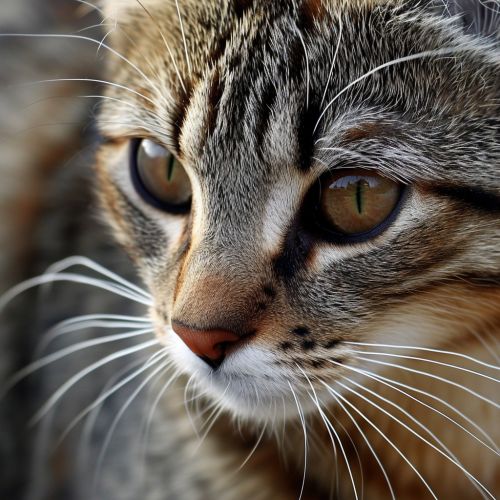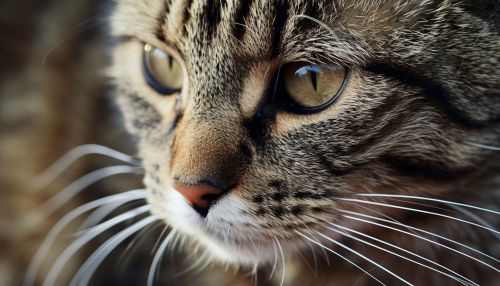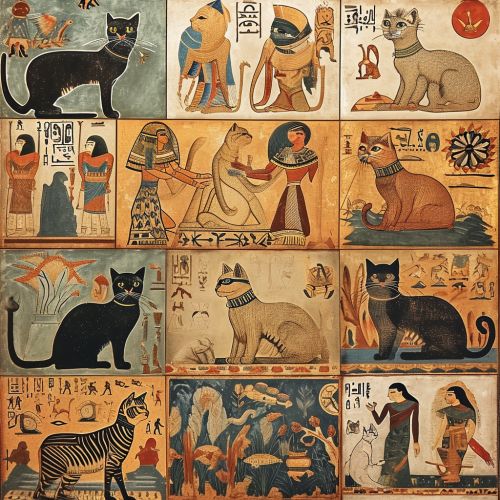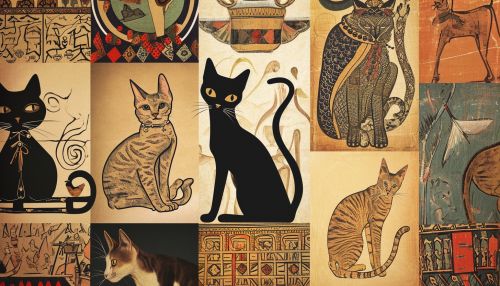Cats
Introduction
Cats, or Felis catus, are small, carnivorous mammals that are often kept as pets. They are one of humanity's oldest and most beloved pets. Going beyond the basic knowledge of cats, this article delves into the detailed biology, history, behavior, and cultural significance of these fascinating creatures.
Biology
Cats belong to the family Felidae and the genus Felis. The domestic cat is a member of the species Felis catus. Cats have a strong flexible body, quick reflexes, and sharp retractable claws. They are known for their agility and grace. Unlike dogs, cats do not have a sweet tooth. Scientists believe this is due to a mutation in a key taste receptor.
Physical Characteristics
Cats come in a variety of colors and patterns, these are determined by their genetics. The typical cat has a muscular body, a rounded head, medium-sized ears, and eyes that vary in color from blue to green or yellow. Adult domestic cats typically weigh between 4 and 5 kg.


Senses
Cats have highly developed senses. Their night vision and sense of smell are superior to humans. Cats also have a highly advanced sense of hearing and can detect an extremely wide range of frequencies. They can hear sounds too faint or too high in frequency for human ears, such as those made by mice and other small animals.
Life Cycle
The life cycle of a cat includes stages of kittenhood, adolescence, adulthood, and senior age. The average lifespan of a pet cat is around 15 years.
Behavior
Cats are known for their unique behaviors which include purring, grooming, hunting, and play.
Purring and Communication
Cats communicate through a variety of vocalizations (meowing, purring, hissing) as well as body language. A cat's purr is a unique feature and is not found in other animals. Cats purr when they are content, but also when they are sick or anxious.
Grooming
Cats are known for their grooming behavior. They clean themselves by licking their fur, using their hooked papillae and saliva. Their saliva is a powerful cleaning agent, but it can provoke allergic reactions in humans.
Hunting and Feeding
Despite being domesticated, cats still retain the hunting instincts of their wild ancestors. They are skilled hunters that can help control populations of rats, mice, and other vermin. However, they also may hunt birds and other wildlife.
History
Cats were first domesticated in the Near East around 7500 BC. It was long thought that cats were domesticated in Ancient Egypt, but genetic and archaeological evidence suggest that cats were domesticated long before Egypt existed.
Cats in Culture
Cats have been revered in various cultures throughout history. In Ancient Egypt, cats were sacred animals, with the goddess Bastet often depicted in cat form, sometimes taking on the war-like aspect of a lioness.
See Also


